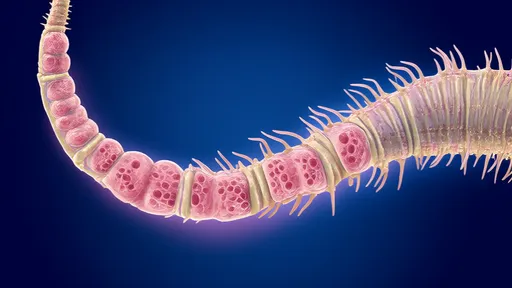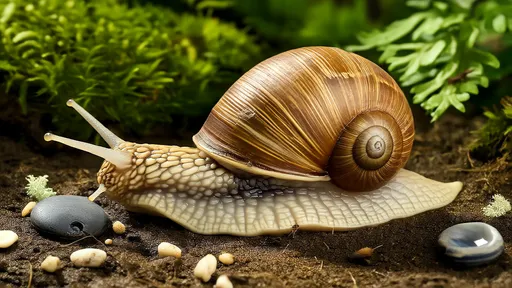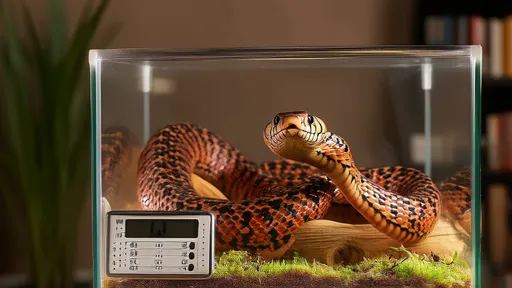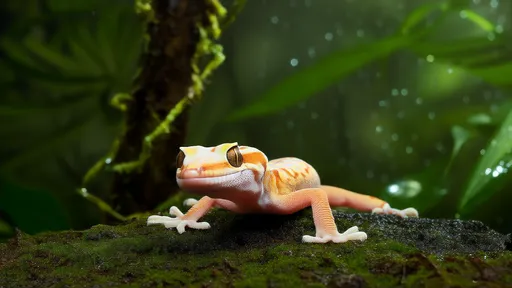Maintaining proper humidity levels is crucial for the health and well-being of crested geckos (Correlophus ciliatus). These arboreal reptiles, native to New Caledonia, thrive in environments that mimic their natural tropical habitat. Humidity plays a vital role in their hydration, shedding process, and overall physiological functions. Without appropriate moisture levels, crested geckos can suffer from dehydration, respiratory issues, and problematic sheds. This makes monitoring and regulating humidity an essential aspect of their care.
Understanding the ideal humidity range for crested geckos is the first step toward creating a suitable environment. In the wild, these geckos experience fluctuating humidity levels, typically between 50% and 80%. In captivity, replicating this range helps maintain their health. A nighttime spike in humidity, reaching up to 80%, is particularly important as it encourages natural behaviors such as drinking water droplets and aids in shedding. During the day, humidity can safely drop to around 50-60%, allowing the enclosure to dry out slightly and preventing excessive moisture buildup, which can lead to mold or bacterial growth.
Choosing the right tools for humidity monitoring is essential for accuracy and reliability. Digital hygrometers are widely recommended over analog models due to their precision and consistency. Analog hygrometers, while sometimes cheaper, are prone to inaccuracies and require frequent calibration. Digital hygrometers with probes can be placed at different levels within the enclosure to ensure even monitoring, especially since humidity can vary between the top and bottom of a vertically oriented terrarium. Some advanced models even come with memory functions to track fluctuations over time, providing valuable data for adjusting care routines.
Placement of the hygrometer within the enclosure also affects the readings. Since crested geckos are arboreal, placing the sensor in the upper third of the terrarium provides a more accurate representation of the humidity levels they experience most frequently. However, it’s also beneficial to occasionally check humidity near the substrate, as excessive dampness at the bottom can indicate poor ventilation or over-misting. Regularly comparing readings from different areas helps ensure a balanced environment throughout the enclosure.
Automated systems can significantly simplify humidity management for crested geckos. Devices such as misting systems or foggers connected to a hygrostat can maintain optimal humidity levels without constant manual intervention. These systems release moisture when levels drop below a set threshold, ensuring consistency. While these setups require a higher initial investment, they are particularly useful for keepers with multiple enclosures or those who travel frequently. However, even with automated systems, periodic manual checks are necessary to confirm that the equipment is functioning correctly and that no leaks or malfunctions are affecting the habitat.
Natural methods of humidity regulation can also be effective when combined with proper monitoring. Live plants, for instance, not only enhance the enclosure’s aesthetics but also contribute to moisture retention through transpiration. Substrate choices like coconut fiber or sphagnum moss help maintain humidity by absorbing and slowly releasing water. Proper ventilation is equally important—while high humidity is necessary, stagnant air can lead to respiratory infections. Screen tops or strategically placed vents allow for airflow without drastically reducing moisture levels.
Observing the behavior and physical condition of the crested gecko itself is another way to gauge whether humidity levels are appropriate. A healthy gecko will shed its skin in one complete piece, indicating proper hydration. Difficulty shedding, or retained shed, particularly around the toes and eyes, often signals that humidity is too low. Conversely, excessive condensation on enclosure walls or a persistently wet substrate may suggest that humidity is too high, increasing the risk of mold or bacterial infections. Regular interaction and visual inspections help detect these issues early.
Seasonal changes can significantly impact humidity levels within a crested gecko’s enclosure. During winter, indoor heating systems tend to dry out the air, requiring more frequent misting or the use of a humidifier in the room. In contrast, summer months may bring higher ambient humidity, reducing the need for additional moisture. Adjusting monitoring and maintenance routines according to seasonal variations ensures that the gecko’s environment remains stable year-round. Keeping a log of humidity readings and any adjustments made can help identify patterns and fine-tune the care regimen.
In conclusion, maintaining proper humidity for crested geckos involves a combination of accurate monitoring tools, appropriate enclosure setup, and attentive observation. By understanding their natural habitat and replicating those conditions as closely as possible, keepers can ensure their geckos remain healthy and thrive in captivity. Whether using advanced automated systems or simpler manual methods, consistency and vigilance are key to creating an ideal environment for these fascinating reptiles.

By /Jun 28, 2025

By /Jun 28, 2025

By /Jun 28, 2025

By /Jun 28, 2025

By /Jun 28, 2025

By /Jun 28, 2025

By /Jun 28, 2025

By /Jun 28, 2025

By /Jun 28, 2025

By /Jun 28, 2025

By /Jun 28, 2025

By /Jun 28, 2025

By /Jun 28, 2025

By /Jun 28, 2025

By /Jun 28, 2025

By /Jun 28, 2025